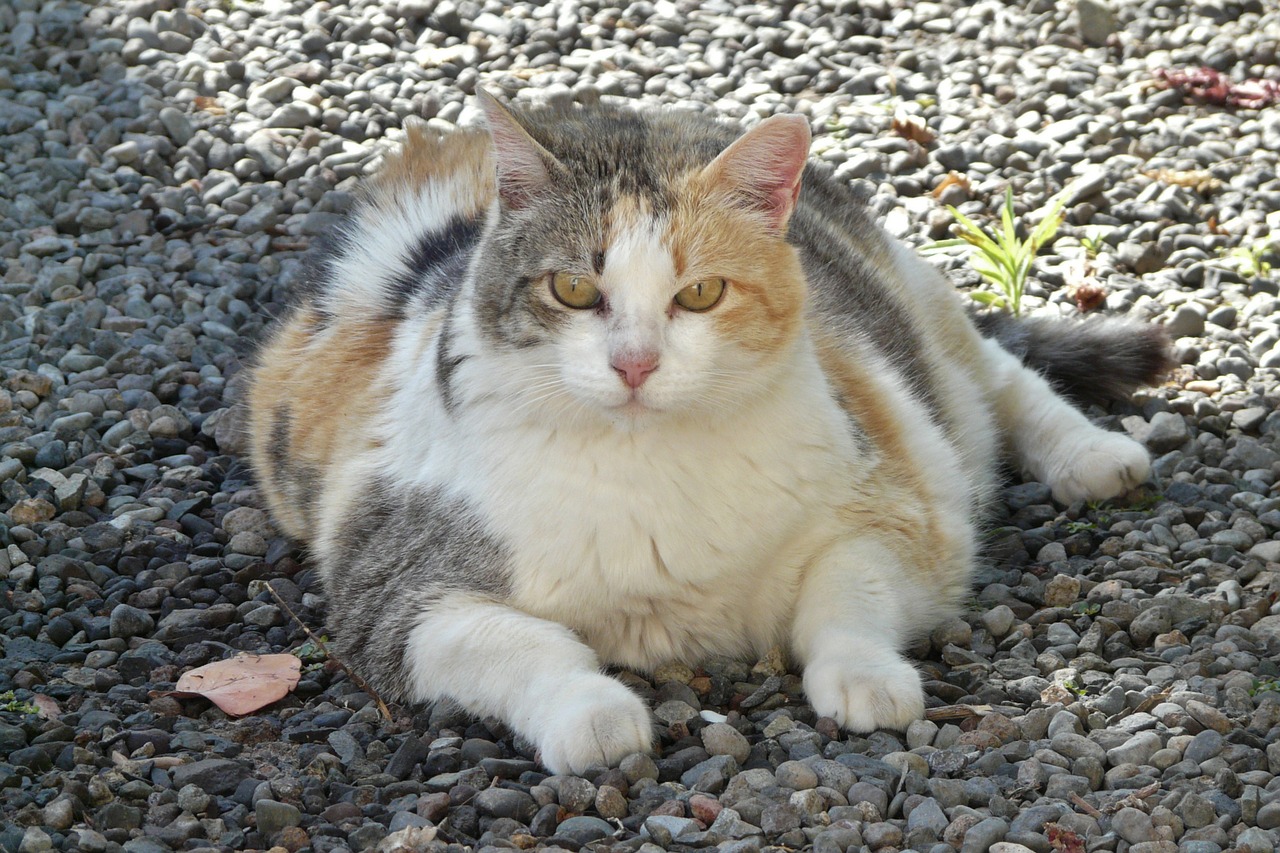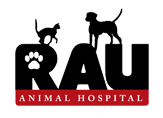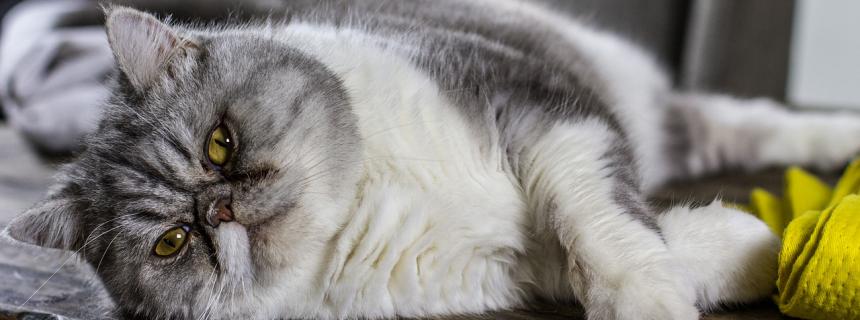The Truth Behind 3 Common Kitty Myths
When was the last time we saw your cat?
A new study by the American Association of Feline Practitioners says that fewer than 48 percent of cats receive regular veterinary care. Why? Check out these common kitty myths. According to a recent survey…
Read More
Common Dog Behavior Problems and What You Can Do About Them
If you’re like Sandy, you brought home your cute rescue pup hoping for a cuddly companion. While Cooper is cuddly-- for about 30 seconds at a time -- more than not, he’s chewing on your couch legs or barking at invisible foes.
What’s a dog lover to do?
First, frequent barking and excessive chewing are common dog behavior problems. However, with a little insight, you can probably curb these tendencies in most dogs.
Read More
4 Types of Cat Cancer and Their Common Symptoms
Sadly, one in five cats get cancer. Lymphoma, squamous cell carcinoma, mast cell tumour, and bone cancer are all common in cats.
While a cancer diagnosis is emotionally devastating, some cancers are treatable if caught early. This is one reason you want to ensure your cat has regular wellness visits to the veterinarian. Cat cancer symptoms can be subtle and cats are good at hiding illness.
Read More
Training Your Cat to Scratch Appropriately
Contrary to popular belief, most cats can be trained. Owners can reinforce desired behavior in food-motivated pets by applying the treat as the cat completes the wanted behavior. The goal is to elicit the wanted behavior first so that you can reinforce it.
We know that cats scratch in order to:
- Stretch and exhibit normal behavior
- Scent mark an object
- Condition their claws
- Ward away unwanted attention
We supply cats with adequate scratching surfaces so they can exhibit their normal behavior.
Read More
Training Your Cat To Scratch Appropriately
Contrary to popular belief, most cats can be trained. Owners can reinforce desired behavior in food-motivated pets by applying the treat as the cat completes the wanted behavior. The goal is to elicit the wanted behavior first so that you can reinforce it.
We know that cats scratch in order to:
- Stretch and exhibit normal behavior
- Scent mark an object
- Condition their claws
- Ward away unwanted attention
We supply cats with adequate scratching surfaces so they can exhibit their normal behavior.
Read More
Dog Obesity: How to Help Your Dog Lose Weight
Read More
Cat Obesity: How to Help Your Cat Lose Weight
 How do I know if my cat is overweight?
How do I know if my cat is overweight?Read More
What is Kennel Cough?
Read More








